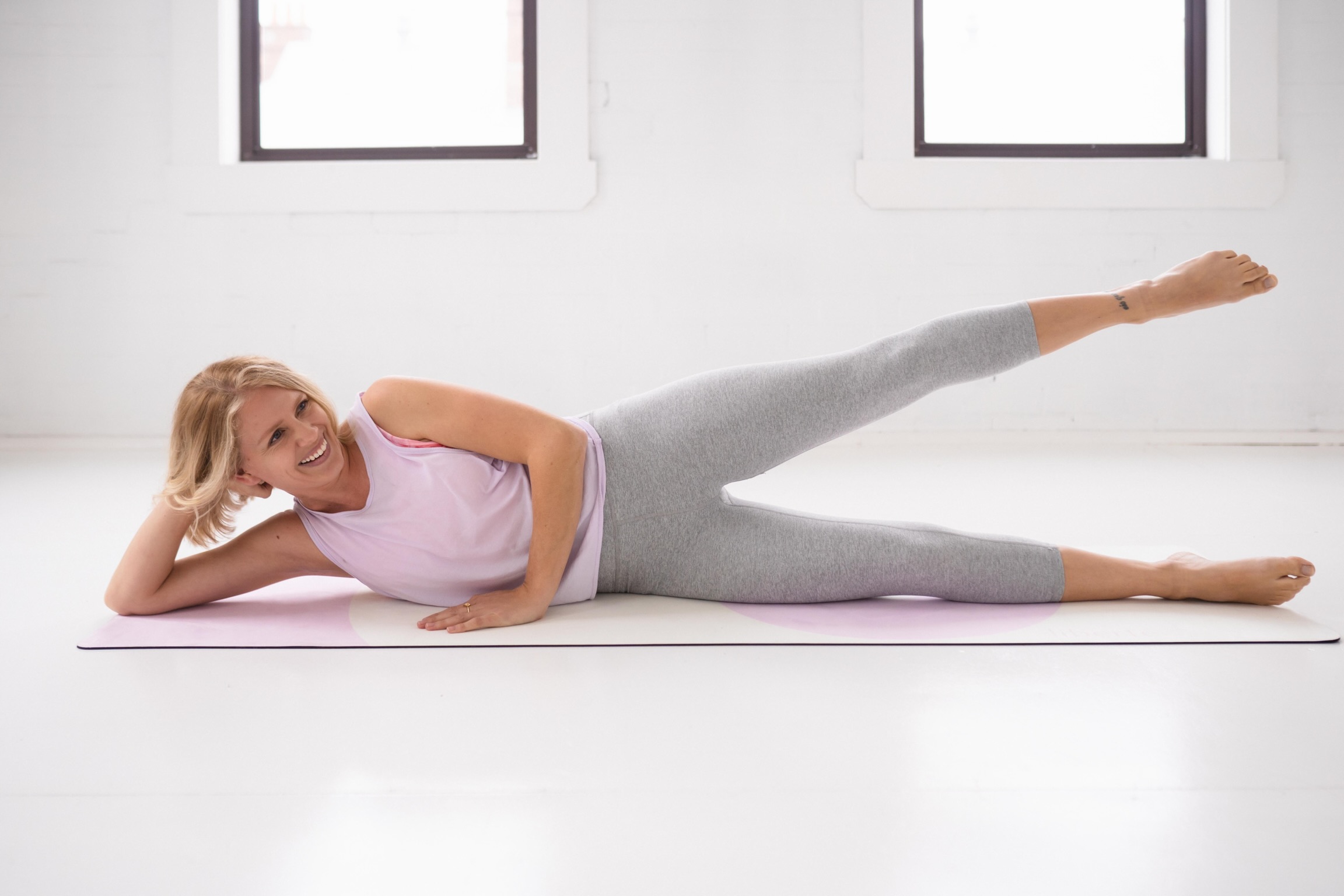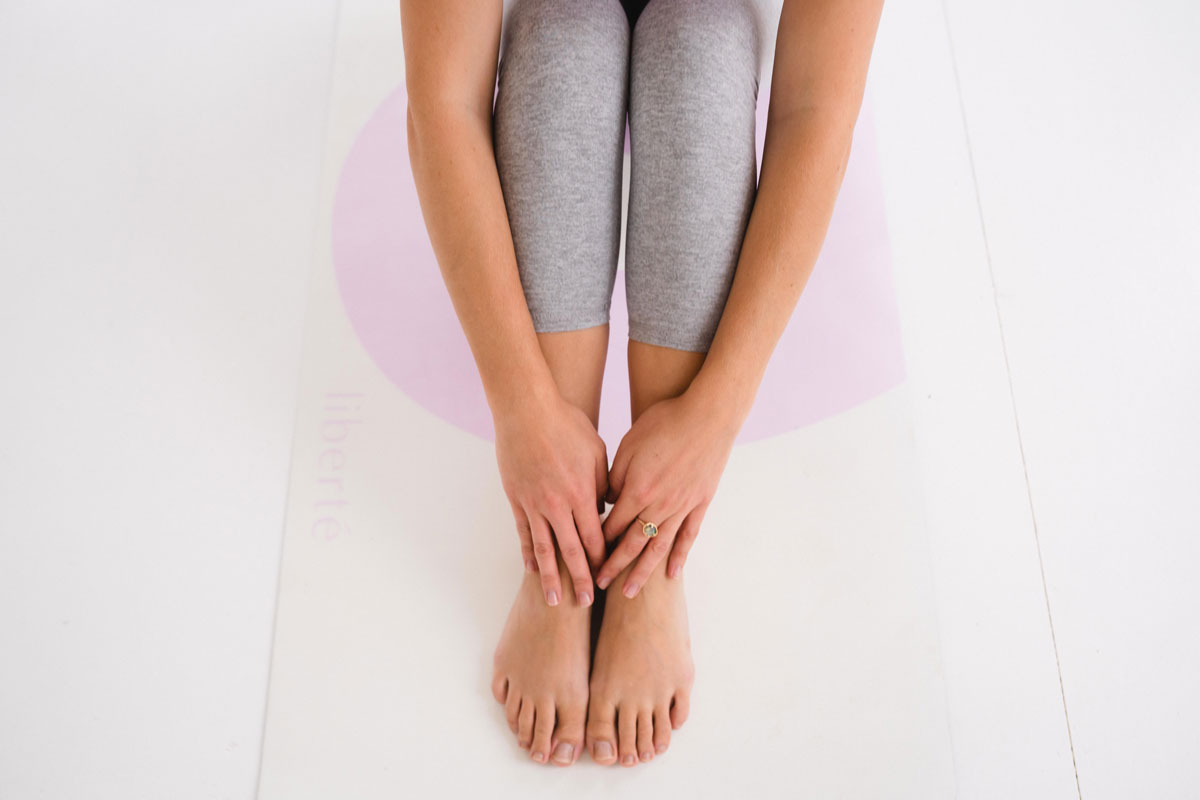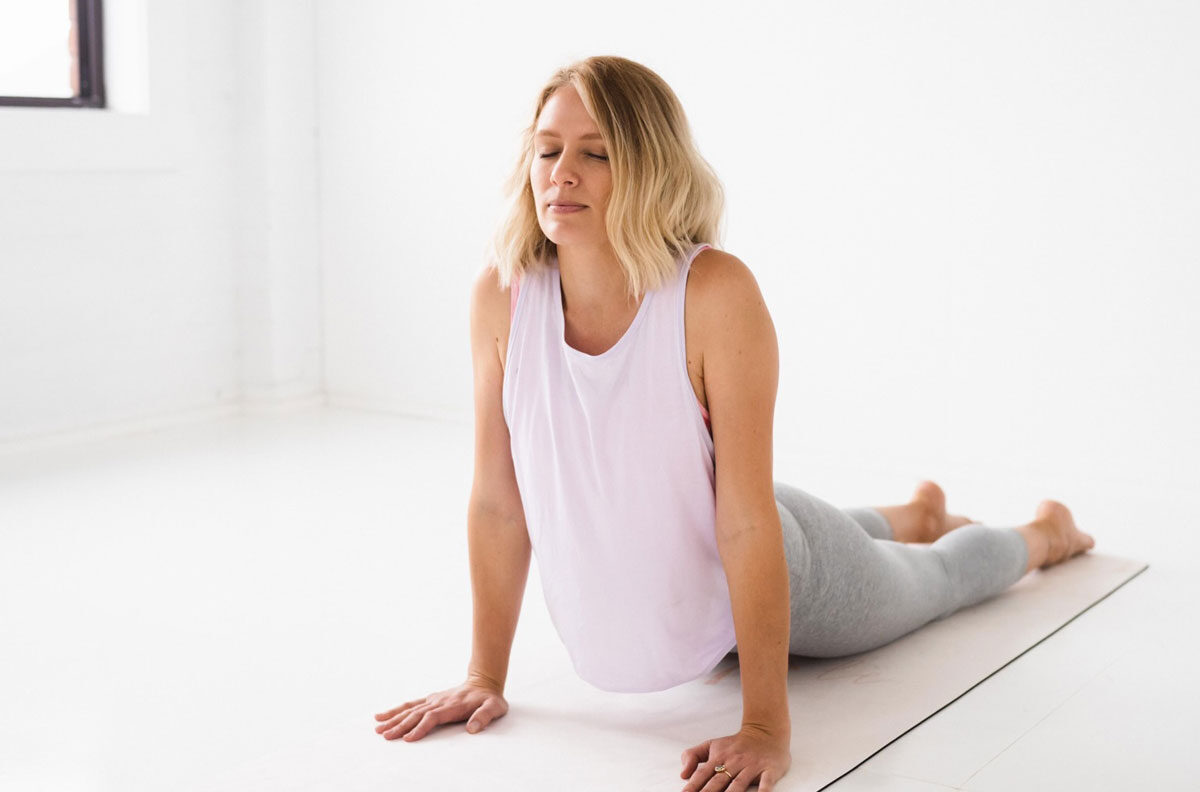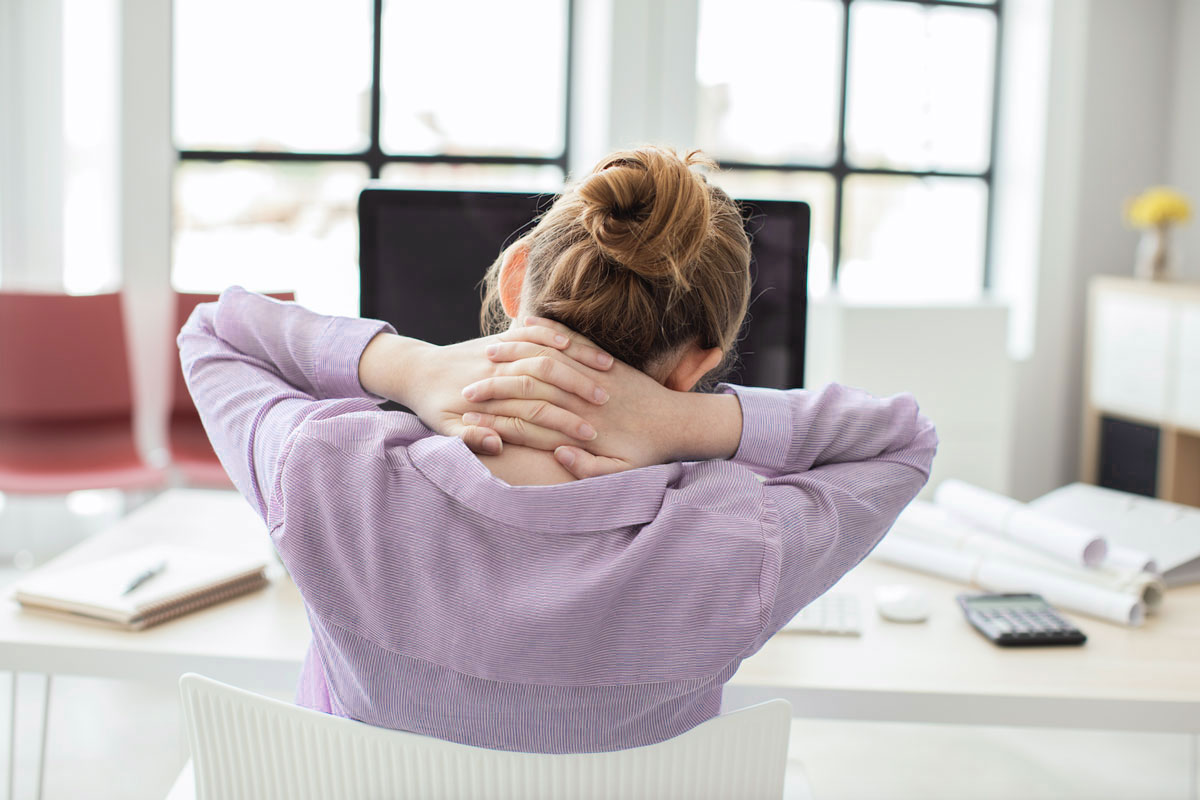
PILATES
Why Pilates is essential….
Pilates is probably the most fundamental or “core” style of training around and has been around for the last 70 years. It is enjoying some renewed popularity right now, and for good reason, as it is the perfect form of movement for EVERY body. However, there is more to Pilates than just the promise of a “longer and leaner” body. The founder, Joseph Pilates, said himself that he was way ahead of his time with his unique approach to fitness training and overall wellbeing. His idea behind Pilates (or Contrology as he called it) is the complete coordination of mind, body and spirit.
The simple thing about Pilates is that it encourages and teaches us how to move by using our muscles as they were intended, just like babies (and animals) do. So, why do we need to be taught and re-learn how to use our muscles properly? If we do so instinctively from birth, at what point do we lose this instinct and proper functioning and control of our body? Why don’t animals have these same issues of forgetting how to move properly? You don’t see them with postural issues.
There are many reasons why we have lost our natural instinct and ability. The way we have adapted to modern technology has contributed greatly and unfortunately (and realistically) we cannot change the fact that we are no longer cave people having to hunt and gather food.
Four common things we do today, that contribute to our loss of ability to function correctly and therefore increase the importance of incorporating some regular corrective exercise (Pilates) into your routine, are:
1. Forcing our bodies to strengthen before they are ready.
In his book, Return to Life through Contrology, Joseph Pilates stated that “Stretching and bending children’s arms and legs when they are not inclined to stretch or bend them, compelling children to stand up when they are not strong enough to support their own weight, forcing children to walk when they are not strong enough to control their physical movements.” And believed that these are some of the reasons that we see “malformations in arms or feet, weak bodies and other things”. How often do you see people holding babies to “stand” with the weight on their legs, trying to get them to strengthen? (I have and still do this ALL the time with my baby) It does highlight, though, the importance of allowing children to strengthen in their own time (which of course they will, everyone ends up walking) and not forcing them to do so before their small muscles are ready.
2. Wearing shoes
The feet you walk on are the very foundation of your posture so therefore a healthy foot is fundamental to good posture. They need to be strong and stable while being flexible and mobile at the same time. The best way to develop this is to be barefoot. For most of us though, shoes are placed on our feet from the time we take our first baby steps (generally with thick, rubber soles). They lift our feet away from the ground and block the hundreds of thousand sensory nerves from receiving external stimuli and providing feedback to our brain and core muscles for stability. This also weakens the muscles that make up the arch of the foot which will change the way you walk and run and undermine the development of the core muscles that make up your posture. As we no longer walk around barefoot all the time, we need to look at how we can minimise the effect our shoes have on us. You can read a little more about our feet here.
Basic changes we could all put into place relatively easily would be to:
• Avoid putting young children in shoes when unnecessary
• Start going barefoot as much as possible
• Find minimalist shoes to wear (especially when exercising) and
• Strengthen our core muscles (Pilates), ideally barefoot.
3. Our sitting position and length of time we spend sitting
Another quote from Joseph Pilates (remembering this was noted way back in 1945, a time when I would suggest we were still “moving” a lot more than we do today!) suggesting yet another reason for our postural issues…”Compelling children to sit in chairs for rest (impossible so far as our present day chairs are concerned) when they are not inclined to do so, preferring rather to “squat” on the floor Turkish fashion”. The way we sit on chairs is not a natural position for us. If you have had small children, think of how they first start to comfortably (and instinctively) squat, and with perfect form, when they’re tired or just to look at something on the ground. This is before they are then forced to sit for hours a day in school, then perhaps University, then most likely at work. Not to mention sitting when driving in cars, catching buses/trains. Then coming home and flopping on the lounge to “relax”. We all sit A LOT! Very simply, our sitting position switches off (or weakens) our glutes (our main power houses for walking, squatting e.t.c.) and tightens our hip flexors (front of our hips) thus starting a chain of events which can lead to poor posture and most likely the cause of back, knee and hip pain/issues due to utilisation of incorrect muscles when standing and moving.
4. Our poor posture enhanced by technology and lack of movement
A day in our modern lives (pre Covid lockdown), often goes something like this: Drive or catch public transport to work, sit at a desk and hunch over a computer, texting, checking Instagram on our phone at lunch, until we arrive home and then “unwind” by sitting in front of the t.v., (perhaps a 45 minute session of exercise somewhere in between, often involving more forward flexion (ab curls) or “pushing” work (push ups, bench press)). All of these promote our body to round or “hunch” forward or have some other negative effect on our posture and lack of movement. Think about how often you are doing one of the above things and how many hours of the day in total you spend doing them. Then think of how little time in comparison, you ARE doing corrective exercise (Pilates) to help counteract these.
The above points should then highlight and help us understand the NEED for exercises such as Pilates, which can help to teach us to move correctly again which in turn will result in better posture when sitting, standing and walking (and the NEED to be doing it every single day!) We don’t all have the time to do a full Pilates class every day but even ten mins a day can be helpful. Focussing on the specific areas of your body that are weakest and learning (and practicing) the Pilates exercises for that issue will have an amazing impact on your posture and your body and mind. As Joseph Pilates says, “Physical fitness is the prerequisite of happiness”.
ADD COMMENT
You must be logged in to post a comment.




